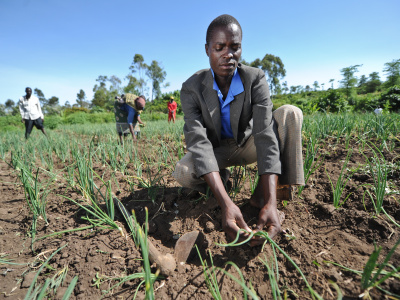
Regional markets, politics and value chains: The case of West African cement
This study points to the need to view cement not just as a background story to more important development policies or more ambitious narratives. With recent regional and national policies in West Africa increasingly focused on economic transformation and the potential role of low-value minerals-based industrialisation, cement is at the centre of a range of development processes through production, distribution and construction, often funded or co-funded by public money. Further, the cement sector seems to be at the nexus of a range of structural and current issues for development policy in West Africa: high local production and transport costs; cheap cement imports from East Asia; a regional power or hegemon placing national over regional interests; weak competition effects to counteract inefficiencies in production; and unpredictable and politically motivated policy-making. Lessons from the cement sector may be valuable for promoting value chain development in other sectors in the region.
Summary
Regional market integration and value chain development are seen as key to promoting economic transformation across African countries. This study looks at cement in West Africa to better understand the challenges of this agenda.
Cement is a key sector in West Africa in terms of value addition to low-value minerals, construction sector employment, and high levels of public spending. Despite regional trade and industrialisation policies and rising cement investments, prices remain nearly three times the world average.
ECOWAS commitments to liberalise regional trade in cement and clinker are undermined by national measures to limit imports, often under pressure from a major industry player. As such, trade policy and trade dynamics are inherently tied up with company strategies and the political weight that these producers exert, keeping prices high.
Disentangling state-business relations and political concerns within and between countries, and across sectors including transport and energy, are all key to understanding the region’s cement market and for assessing the potential of promoting industrial, infrastructural and social development through the cement value chain.





